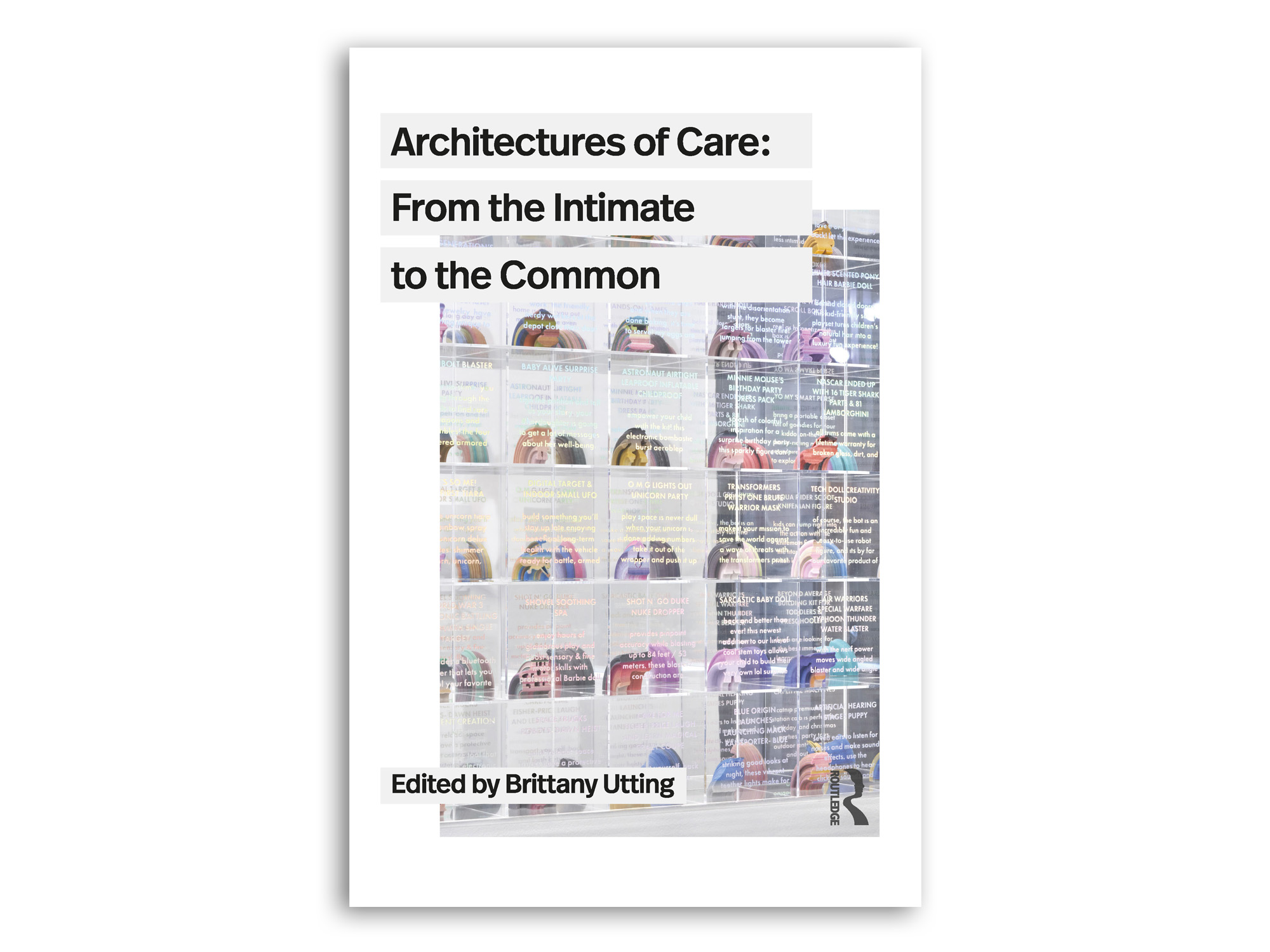Excerpt:
“Acts of care are the most critical weapon against precarity. If we understand care as providing what is necessary for the health, welfare, protection, and maintenance of something or someone, these acts operate in direct opposition to the forces fostering precarity. As more and more people live in precarity, how might acts of care, solidarity, and mutual aid fill in for forms of support that have been gutted by neoliberal transformations of social welfare?
During the 1960s in the Bay Area, two radical experiments of commoning were undertaken by two groups that felt estranged from and neglected by institutional and governmental structures from above. The countercultural ethos of the ’60s incited the commune movement, which centered on forms of sharing and care rooted in the domestic commons. The rejection of commercialism alongside the ideology of shared property and labor resulted in a proliferation of communes that offered the ability to define a set of politics that more precisely reflected shared values and lifestyles. The majority of the 5,000 communes that existed in the United States in the 1960s and 1970s emerged in Northern California, with hundreds alone in the Bay Area. At the same time as the communes movement, there was a parallel set of commoning practices initiated and developed by the Black Panthers Party. The Black Panthers Party established a series of mutual aid and solidarity programs to take care of their own community, establishing a form of urban commons. Their ten-point manifesto underscores the need for freedom and access to housing, land, education, and food, amongst other basic rights that were tied to their social initiatives. This chapter explores these two parallel movements, unpacking how the domestic and urban commons might be linked together to form a transcalar network of care.”
